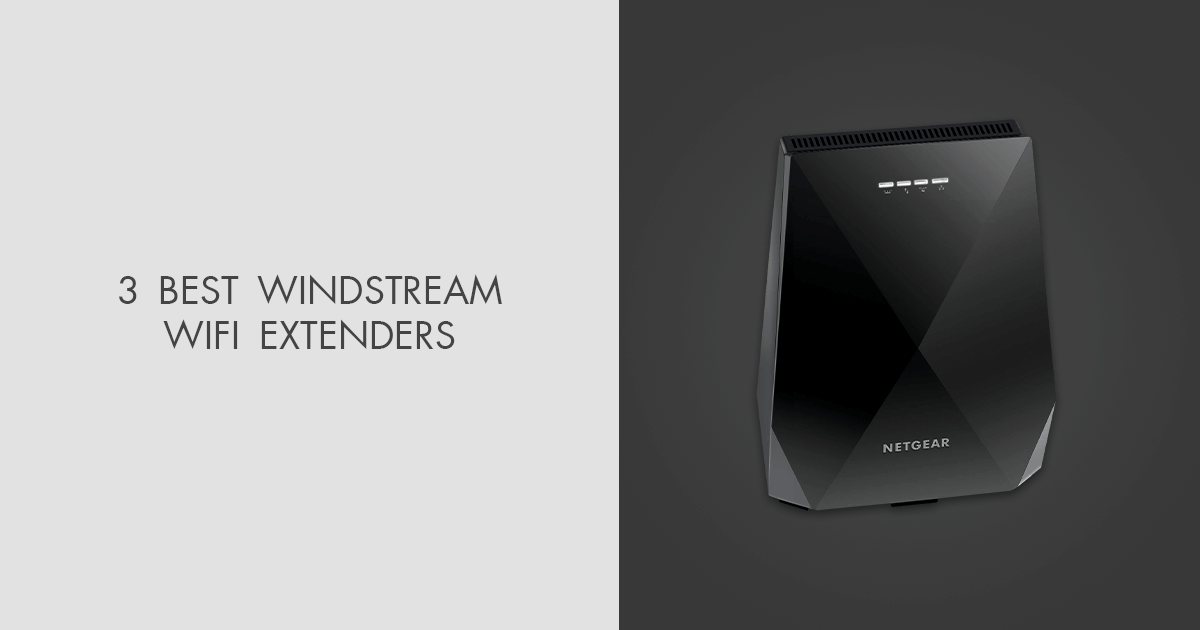

Pads also add their own parasitic resistance that can incur IR losses, although this can be minimized with proper soldering. Problems in Digital and Analog Circuit BoardsĮvery pad that appears in your board adds its own parasitic capacitance, and every trace adds its own parasitic inductance. Managing traces in your printed circuit board can be difficult Very large boards with longer and/or wider traces can have much higher parasitic capacitance and inductance. Generally, you’ll find that the parasitic inductance in various places in your board is on the order of nH, while parasitic capacitance reaches on the order of pF. However, it can be calculated directly from first principles. Measuring the parasitic inductance and capacitance in a PCB is extremely difficult. Likewise, conductors on a PCB will inevitably form complete loops, creating an equivalent inductor. A PCB is composed of a number of parallel conducting elements that are separated by an insulator, basically forming a capacitor. Unfortunately, parasitic capacitance and inductance in a PCB are unavoidable. Any structure of semiconducting or conducting material on a PCB will have some parasitic inductance, leading to problems like crosstalk, induced currents due to EMI, noise coupling, and other effects that degrade signal quality.

Parasitic inductance is often taken as an afterthought in high speed design, power electronics, and even multiboard power systems or systems with high-strength wireless capabilities. Parasitic Capacitance and Inductance in Your Board Designers of PCBs that operate at high frequency, high data rates, and using mixed signals must take account of parasitic capacitance and inductance during the layout phase.

With lower speed digital, lower frequency analog, or purely DC circuit boards, parasitics are often ignored because they do not have an appreciable impact on the functionality of these devices. After many nights staring at datasheets trying to understand the problem, I started to understand how equivalent capacitors and inductors were being formed all over my board. Little did I know that something as simple as trace length or board thickness could produce massive fluctuations in my signals. British lines were seen in close pursuit, and in admirable order, as far as the eye could reach to the right, while the plain to the left was filled with Prussians.Once I started working with sensitive electro-optical components that output weak electrical signals, I started to realize the importance of signal integrity on our signal processing boards. The French were flying in one confused mass. people who had been so many hours enveloped in darkness, in the midst of destruction, and naturally anxious about the result of the day, the scene which now met the eye conveyed a feeling of more exquisite gratification than can be conceived. Presently a cheer which we knew to be British commenced far to the right, and made everyone prick up his ears it was Lord Wellington's long-wished-for orders to advance. "Our division, which had stood upwards of 5000 5000 5000 men at the commencement of the battle, had gradually dwindled down into a solitary line of skirmishers. Read the excerpt below from an eyewitness account of the battle at Waterloo.


 0 kommentar(er)
0 kommentar(er)
